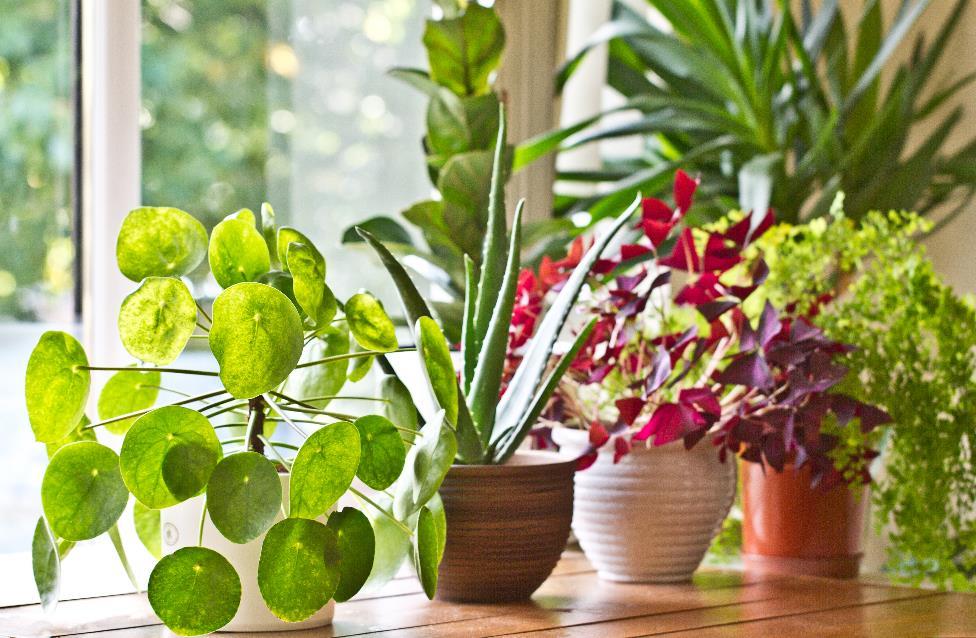
Welcome to our guide on the 10 must-have plants for your indoor garden. Whether you're a seasoned green thumb or just starting your gardening journey, this article will provide you with valuable insights and recommendations.
From the low-maintenance beauty of succulents to the elegant charm of orchids, we've curated a diverse selection of plants that will thrive in any indoor space.
Get ready to transform your home into a lush oasis with these essential additions to your indoor garden.
Succulents
Succulents are highly sought after by indoor garden enthusiasts due to their low-maintenance nature and ability to thrive in arid conditions. These resilient plants have thick, fleshy leaves and stems that store water, allowing them to survive in environments with limited moisture.
One of the appealing aspects of succulents is their ability to propagate easily. Many succulent species can be propagated by simply taking a stem or leaf cutting and placing it in well-draining soil. This makes them an ideal choice for those who want to expand their plant collection or share their love of succulents with others.
Additionally, succulents are incredibly versatile when it comes to arrangements. They can be potted individually or grouped together to create stunning displays of various colors, textures, and sizes. With succulents, the possibilities are endless, giving indoor gardeners the freedom to express their creativity and personalize their living spaces.
Ferns
Ferns are a popular choice for indoor gardeners due to their elegant and lush foliage. With their feathery leaves and graceful arching fronds, ferns can add a touch of natural beauty to any indoor space.
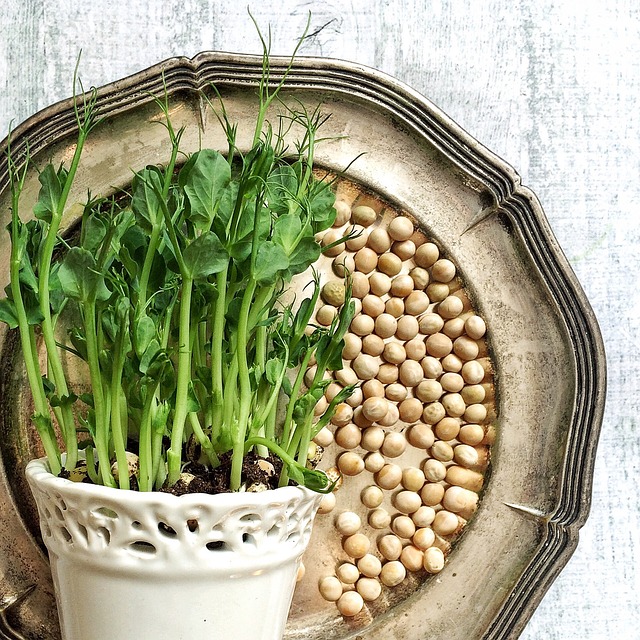
When it comes to caring for ferns, there are a few tips to keep in mind. First, ferns thrive in moist environments, so it's important to water them regularly, but be careful not to overwater, as this can lead to root rot. Additionally, ferns prefer indirect sunlight, so placing them near a window with filtered light is ideal.
As for the best fern varieties for indoor gardening, some popular options include the Boston fern, maidenhair fern, and bird's nest fern. These varieties are known for their resilience and ability to thrive in indoor conditions.
Whether you're a seasoned indoor gardener or just starting out, ferns are a versatile and beautiful addition to any indoor garden.
Orchids
Orchids are a popular choice for indoor gardening due to their stunning beauty and unique characteristics. Taking care of orchids can be a rewarding experience, but it requires specific knowledge and attention to detail.
In order to successfully grow orchids, it is important to understand their care needs and choose the best varieties for your indoor garden.
Orchid Care Tips
Taking into consideration the specific needs of orchids, it is essential to follow proper care tips to ensure their optimal growth and health. Orchids are known for their delicate beauty and require a delicate touch when it comes to their care.
One crucial aspect of orchid care is understanding their watering techniques. Orchids should not be overwatered as it can lead to root rot and other issues. It is recommended to water orchids sparingly, allowing the roots to dry out between waterings.
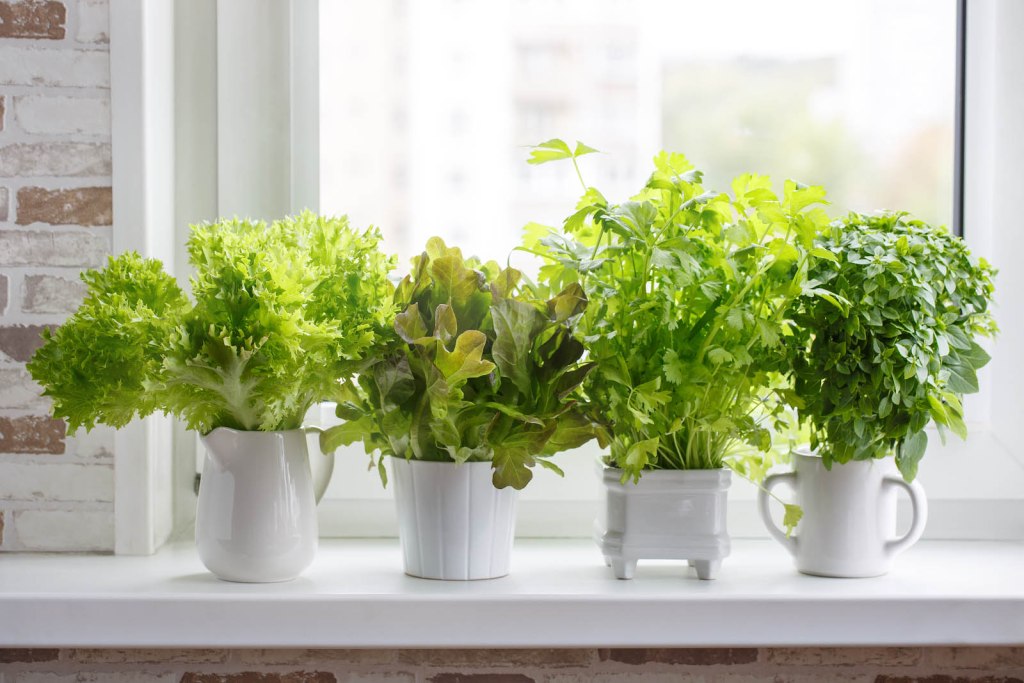
Another important factor to consider is their sunlight requirements. Orchids thrive in bright, indirect light. Placing them near a window with filtered sunlight is ideal. Direct sunlight can scorch the leaves and cause damage.
Best Orchid Varieties
Understanding the various orchid varieties is essential for creating a diverse and captivating indoor garden. Orchids are known for their delicate beauty and exotic appeal. When choosing the right orchid for your home, it is important to consider factors such as lighting conditions, temperature, and humidity levels.
Some popular orchid varieties include the Phalaenopsis, Dendrobium, Cattleya, and Oncidium. The Phalaenopsis, also known as the moth orchid, is a beginner-friendly option that requires moderate light and a consistent watering schedule.
The Dendrobium orchid, with its vibrant colors and long-lasting blooms, thrives in bright indirect light and prefers a drier environment. Cattleya orchids are known for their large, fragrant flowers and require bright light and regular watering.
Lastly, the Oncidium orchid, also known as the dancing lady orchid, prefers bright indirect light and well-draining soil. By understanding the different orchid varieties and their specific care requirements, you can choose the best orchid for your home and enjoy their stunning beauty for years to come.
Air Plants
Air plants are a popular choice for indoor gardens due to their unique ability to thrive without soil. These fascinating plants, scientifically known as Tillandsia, belong to the Bromeliad family and can be found in various shapes, sizes, and colors.
Here are some unique varieties of air plants that you can consider for your indoor garden:
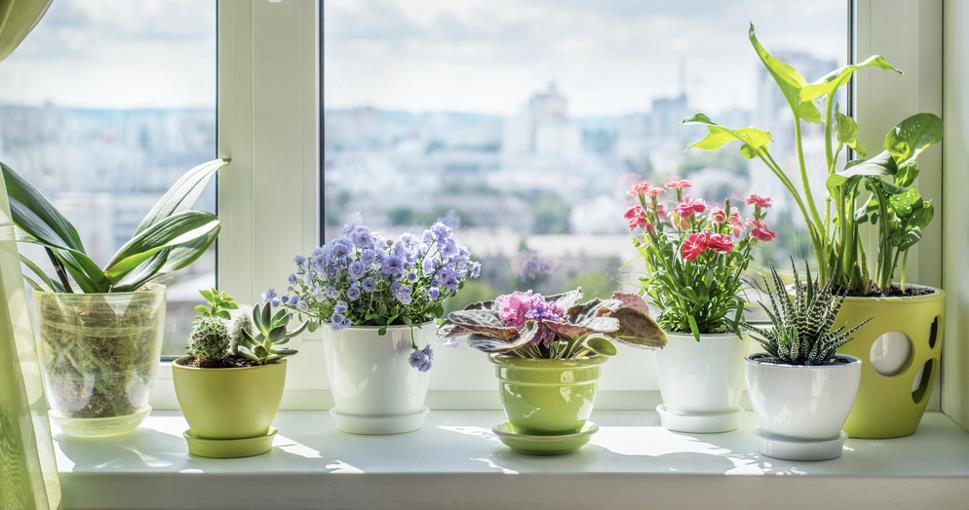
- Tillandsia ionantha: With its vibrant red hue and compact size, this air plant adds a pop of color to any space.
- Tillandsia xerographica: Known for its strikingly beautiful rosette shape and silvery-gray leaves, this air plant makes a stunning centerpiece.
- Tillandsia bulbosa: This air plant features long, curly leaves that resemble tentacles, giving it a whimsical and playful appearance.
When it comes to caring for air plants, it's important to provide them with proper light, water, and air circulation. Place them in a bright but indirect light spot, soak them in water once a week, and ensure good air circulation to prevent rotting.
With a little care, air plants can thrive and bring a unique touch of nature to your indoor space.
Pothos
Pothos, also known as Devil's Ivy, is a popular indoor plant known for its trailing vines and lush green leaves. When it comes to caring for Pothos, it thrives in bright, indirect light and prefers to dry out between waterings.
There are various varieties of Pothos to choose from, including the classic Golden Pothos, Marble Queen, and Neon Pothos, each with its own unique foliage patterns.
Additionally, Pothos can be easily propagated through stem cuttings, making it a great choice for beginners looking to expand their indoor garden.
Pothos Care Tips
To effectively care for Pothos plants in your indoor garden, it is essential to follow these helpful tips:
- Light: Pothos plants thrive in medium to bright indirect light. Avoid exposing them to direct sunlight, as it can scorch their leaves.
- Watering: Pothos plants prefer slightly moist soil. Water them thoroughly and allow the soil to dry out between waterings to prevent overwatering.
- Temperature and Humidity: Pothos plants thrive in temperatures between 60-85°F (15-29°C). They can tolerate lower humidity levels but prefer higher humidity.
Pothos plants are a popular choice for indoor gardens due to their low maintenance requirements and numerous benefits. They not only add beauty and greenery to your space but also help purify the air by removing toxins. Additionally, Pothos plants are known for their ability to improve indoor air quality by reducing levels of formaldehyde, benzene, and carbon monoxide.
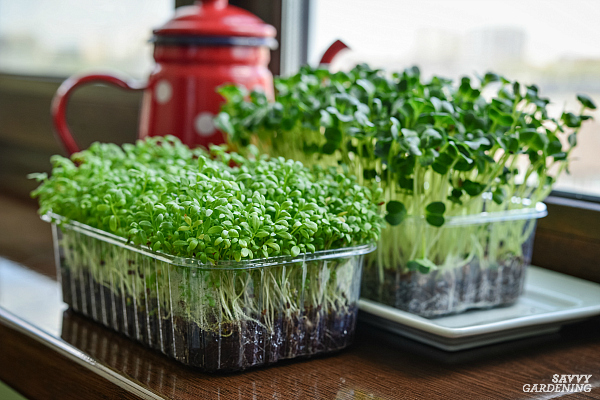
With proper care, your Pothos plants will thrive and bring a sense of tranquility to your indoor garden.
Best Pothos Varieties
Which Pothos varieties are considered the best options for your indoor garden?
Pothos, also known as Devil's Ivy, is a popular choice for indoor gardening due to its beautiful foliage and low-maintenance nature. There are several Pothos varieties that are highly recommended for indoor cultivation.
The Golden Pothos (Epipremnum aureum) is a classic choice with its vibrant green leaves splashed with yellow. Another popular variety is the Marble Queen Pothos, which features stunning white and green marbled leaves. For a more unique look, consider the Neon Pothos with its bright lime green leaves.
The Jade Pothos, with its thick, dark green leaves, is also a favorite among indoor gardeners. Regardless of the variety, Pothos plants thrive in bright, indirect light and require minimal watering, making them perfect for busy individuals looking to add a touch of green to their indoor spaces.
Pothos Propagation Methods
One method of propagating Pothos is by using the subordinating conjunction 'by'. Pothos, also known as devil's ivy, is a popular houseplant known for its easy care and ability to thrive in a variety of conditions. Propagating Pothos is a great way to expand your collection or share plants with friends and family.
Here are three different pothos propagation techniques:
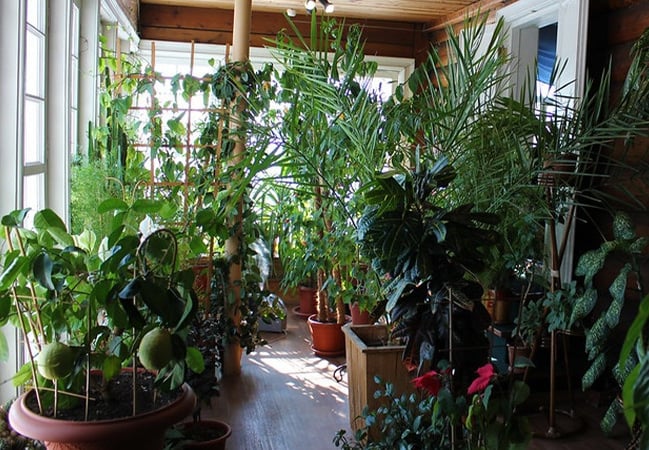
- Water propagation: Cut a healthy vine just below a node and place it in a jar of water. Change the water every few days and wait for roots to develop before transferring the cutting to soil.
- Soil propagation: Take a cutting from an established plant, making sure it has at least two nodes. Dip the cut end in rooting hormone and plant it in a small pot with well-draining soil. Keep the soil moist and wait for roots to grow.
- Layering: Choose a long, trailing vine and bury a section of it in soil, leaving a node exposed. Use a stake or a small rock to hold the buried section down. Once roots develop, cut the new plant away from the mother plant and pot it separately.
Snake Plants
Snake plants are a popular choice for indoor gardens due to their low maintenance and striking appearance. Also known as Sansevieria, these plants are known for their long, upright leaves that come in various shades of green.
Snake plants are not only aesthetically pleasing but also have air-purifying qualities, making them ideal for indoor spaces. When it comes to snake plant care, they are relatively easy to care for, requiring minimal watering and low to moderate light conditions. They are tolerant of neglect and can withstand a wide range of temperatures.
There are a variety of snake plant varieties available, including the popular 'Laurentii' with its golden-edged leaves and the compact 'Hahnii', perfect for small spaces. With their unique beauty and low maintenance, snake plants are a great addition to any indoor garden.
ZZ Plants
Continuing the discussion of low-maintenance and visually appealing indoor plants, another excellent addition to your indoor garden is the ZZ plant. Known scientifically as Zamioculcas zamiifolia, the ZZ plant is native to Eastern Africa and is cherished for its glossy, dark green leaves and ability to thrive in low light conditions.
Here are some key points to consider about ZZ plant care:
- Light: ZZ plants can tolerate both low light and bright indirect light, making them perfect for any room in your home.
- Watering: ZZ plants prefer to be on the drier side, so it's important to let the soil dry out between waterings.
- Propagation: ZZ plants can be propagated through division, where you separate the rhizomes and plant them in separate pots.
With its unique appearance and easy care requirements, the ZZ plant is a fantastic choice for those looking to add a touch of greenery to their indoor space.
Spider Plants
Moving forward in the discussion of low-maintenance and visually appealing indoor plants, the next addition to consider for your indoor garden is the resilient and versatile Spider Plant.

Spider plants, scientifically known as Chlorophytum comosum, are popular for their long, arching leaves that resemble spider legs, hence the name. These plants are great for beginners and busy individuals as they require minimal care.
Spider plants thrive in bright, indirect light and can tolerate low-light conditions. They prefer well-draining soil and should be watered when the top inch of soil feels dry.
Spider plants are also known for their ability to propagate easily. They produce long, slender stems with small plantlets at the end, which can be snipped off and planted in soil to grow new plants.
With proper spider plant care and propagation, you can enjoy a lush and thriving indoor garden effortlessly.
Peace Lilies
Another low-maintenance and visually striking indoor plant to consider for your indoor garden is the elegant Peace Lily. This popular plant, known for its glossy green leaves and stunning white flowers, has gained popularity among plant enthusiasts for its ease of care and numerous benefits.
When it comes to Peace Lily care, here are some important points to consider:
- Light: Peace Lilies thrive in bright, indirect light. Avoid placing them in direct sunlight as it can scorch their leaves.
- Watering: These plants prefer consistently moist soil. Water them when the top inch of soil feels dry, but be careful not to overwater as it can lead to root rot.
- Humidity: Peace Lilies enjoy higher humidity levels, so misting their leaves or placing them on a tray of water-filled pebbles can help create the ideal environment.
Benefits of Peace Lilies include their ability to purify the air by removing toxins such as formaldehyde, benzene, and carbon monoxide. Additionally, they are known to increase humidity levels, making them beneficial for those with dry indoor environments.
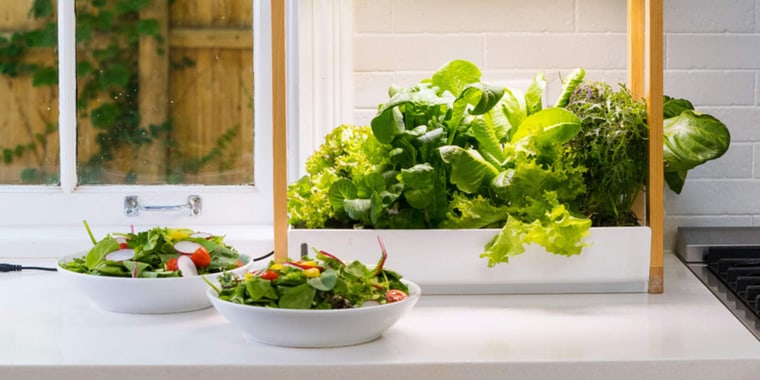
Aloe Vera
Aloe Vera, a popular succulent plant known for its numerous benefits, is a must-have addition to any indoor garden.
Not only does it provide a natural remedy for various skin conditions, but it also helps purify the air by filtering out harmful toxins.
Taking care of Aloe Vera is relatively easy, requiring minimal watering and a sunny spot in your home.
Aloe Vera Benefits
One important plant to consider for your indoor garden is a succulent known for its numerous benefits - Aloe Vera. This versatile plant has been used for centuries for its medicinal properties and is commonly found in skincare and beauty products.
Here are some key benefits of incorporating Aloe Vera into your indoor garden:
- Aloe Vera uses:
- Skin care: Aloe Vera gel is known for its soothing and moisturizing properties, making it a great natural remedy for sunburn, rashes, and dry skin.
- Digestive health: Aloe Vera juice can aid in digestion and relieve symptoms of gastrointestinal disorders such as acid reflux and irritable bowel syndrome.
- Air purification: Aloe Vera plants release oxygen and absorb harmful chemicals, making them excellent natural air purifiers.
- Aloe Vera plant care:
- Light: Aloe Vera prefers bright, indirect sunlight, making it ideal for indoor settings near a window.
- Watering: Allow the soil to dry out between waterings to prevent root rot.
- Maintenance: Aloe Vera requires minimal care and can thrive in dry conditions.
Incorporating Aloe Vera into your indoor garden not only adds a touch of greenery but also provides a range of beneficial uses for your overall well-being.
Aloe Vera Care
When caring for Aloe Vera in your indoor garden, it is important to follow specific guidelines to ensure its health and vitality.

Aloe Vera is a versatile plant known for its healing properties and various uses.
To care for Aloe Vera, provide it with bright, indirect sunlight and well-draining soil. Water the plant deeply but infrequently, allowing the soil to dry out between waterings. Overwatering can cause root rot, so it's crucial to avoid excessive moisture.
Aloe Vera gel is widely used for its soothing and moisturizing effects on the skin. To extract the gel, cut a mature leaf from the plant and slice it open lengthwise. Scrape out the gel with a spoon and apply it directly to the skin.
Following these care guidelines will help your Aloe Vera thrive and provide you with its beneficial gel.
Frequently Asked Questions
How Often Should I Water My Indoor Succulents?
Watering frequency for indoor succulents depends on various factors such as humidity, temperature, and light conditions. Generally, it is recommended to water them deeply but infrequently, allowing the soil to dry out completely between waterings to prevent root rot.
Can Ferns Be Grown in Low Light Conditions?
Ferns are a popular choice for indoor gardens due to their lush foliage and ability to thrive in low light conditions. To care for ferns in low light settings, place them in a spot with indirect sunlight and ensure they receive regular moisture and humidity.
What Is the Best Way to Propagate Orchids?
The best time to propagate orchids is during the active growth phase. Tools needed include a sharp knife or shears, rooting hormone, and a suitable growing medium such as sphagnum moss.
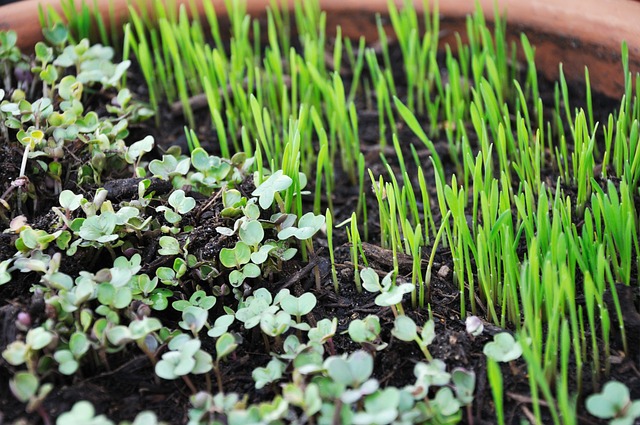
Do Air Plants Require Any Soil to Grow?
Air plants, also known as Tillandsia, are epiphytes that do not require soil to grow. They obtain nutrients and water through their leaves and can thrive without soil. To care for air plants, mist them or soak them in water occasionally to provide moisture.
How Often Should I Fertilize My Pothos Plant?
To properly care for indoor plants like pothos, it is important to understand their fertilization needs. When it comes to fertilizing pothos, it is recommended to do so every 2-4 weeks during the growing season using a balanced, water-soluble fertilizer.
 Business & FinanceHealth & MedicineTechnologyLifestyle & CultureScience & EnvironmentWorld NewsPrivacy PolicyTerms And Conditions
Business & FinanceHealth & MedicineTechnologyLifestyle & CultureScience & EnvironmentWorld NewsPrivacy PolicyTerms And Conditions
